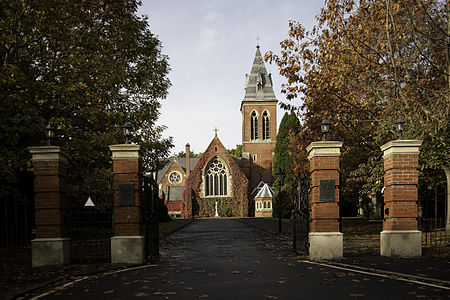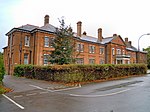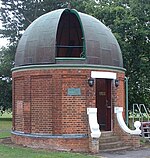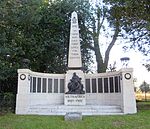Aldershot Garrison

Aldershot Garrison, also known as Aldershot Military Town, is a major garrison in South East England, between Aldershot and Farnborough in Hampshire. The garrison was established when the War Department bought a large area of land near the village of Aldershot, with the objective of establishing a permanent training camp for the Army. Over time, this camp grew into a military town and continues to be used by the Army to the present day. It is home to the headquarters of the Army's Regional Command, and it is also the administrative base for the 101st Logistic Brigade. The garrison plays host to around 70 military units and organisations. In 1972, the garrison was the site of one of the worst UK mainland IRA attacks of the time when a car bomb was detonated outside the headquarters mess of 16 Parachute Brigade, killing seven and injuring nineteen. The Official IRA claimed responsibility, stating that the attack was in revenge for the shootings in Derry that came to be known as Bloody Sunday. Following the attack the Army took steps to secure the garrison by erecting security fences around most of the barracks and lines, as well as introducing armed security patrols. The garrison area covers approximately 500 acres and its population is about 10,500. Adjacent to the military town is some 2,700 hectares of open military training area.
Excerpt from the Wikipedia article Aldershot Garrison (License: CC BY-SA 3.0, Authors, Images).Aldershot Garrison
Queen's Avenue, Rushmoor North Town
Geographical coordinates (GPS) Address Nearby Places Show on map
Geographical coordinates (GPS)
| Latitude | Longitude |
|---|---|
| N 51.2599 ° | E -0.7598 ° |
Address
Cathedral Church of St. Michael & St. George (RC)
Queen's Avenue
GU11 2BS Rushmoor, North Town
England, United Kingdom
Open on Google Maps









